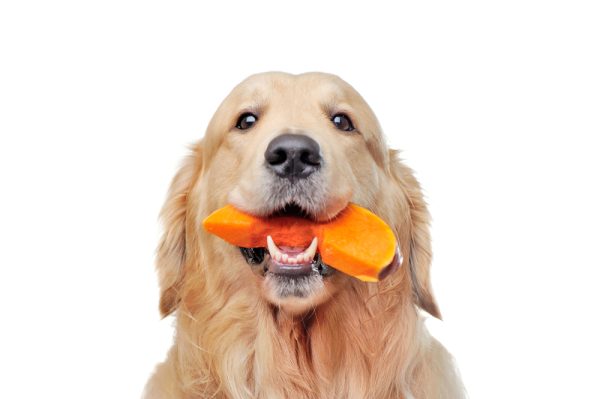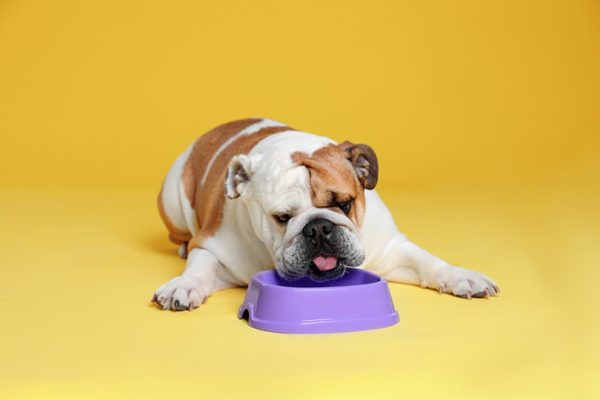In this article
View 3 More +When disaster strikes in the form of dog pee somewhere it should not be, what you need is an enzyme cleaner to tackle the smell and stain. Store-bought enzyme cleaners are great, especially in terms of convenience, but they can be pricey.
An alternative is to make your enzyme cleaner with what you’ve got available at home. In this post, we’ll share some simple but effective homemade enzyme cleaner recipes you can make today.

The Importance of Effective Cleaning
Since dogs’ noses are a bit more in tune than humans, they can detect scents, good or bad, long after we’ve cleaned them and can no longer smell them ourselves. Homemade cleaners are awesome in an emergency, but with these gentle solutions, many stains and odors can begin to reappear after some time. If the goal is to eradicate these for good, investing in a tough enzyme cleaner is your best bet and luckily, there are many pet-friendly products on the market.
If you're looking for an all-in-one, pet-friendly, enzyme cleaner, we highly recommend the Hepper Advanced Bio-Enzyme Pet Stain & Odor Eliminator Spray.
- ADVANCED ENZYMATIC CLEANER - Penetrates the most stubborn smells and stains at the deepest molecular...
- FOR ANY MESS, ON ANY SURFACE - This pet odor eliminator cleans your carpets, floors, furniture,...
- FRESH, NATURAL ODOR - Our unique formulation doesn't rely on dangerous or unpleasant chemical...
It eliminates tough stains and odors easily and is excellent for accident prevention. Plus, it comes with a 100% satisfaction guarantee! Click here to order now.
At Dogster, we’ve admired Hepper for many years, and decided to take a controlling ownership interest so that we could benefit from the outstanding products of this cool pet company!

The 4 DIY Homemade Enzyme Cleaner Recipes for Dog Urine
1. White Vinegar & Water Solution by wikiHow
| What You’ll Need: | Water, white vinegar, spray bottle |
| Difficulty Level: | Easy |
If you are looking for something almost entirely hassle-free, look no further than this very basic homemade enzyme cleaner made of two simple ingredients—white vinegar and water. Acidic vinegar is very effective at cutting through dirt, grease, buildup, and watermarks on objects around your home, but it’s also good at eliminating odors and getting rid of stains.
To make this cleaner, all you need to do is mix equal parts water and vinegar in a spray bottle. Just take note that if you’re targeting hardwood floors, the finish might be damaged by white vinegar, so proceed with caution. If you’re worried but want to use vinegar, you can try making a weaker solution with more water. It’s also a good idea to spot-test an inconspicuous area first to check for its effects.
2. White Vinegar & Water with Essential Oils Solution by The Spruce

| What You’ll Need: | Water, distilled white vinegar, essential oils, spray bottle, measuring cup, funnel |
| Difficulty Level: | Easy |
To add an extra hint of freshness, you can DIY a white vinegar and water solution with some drops of essential oil, like lavender, rosemary, or a combination of oils. This recipe is made just like the standard white vinegar and water solution, but you just need to add 12–24 drops of essential oil into the mix.
The only issue with a recipe like this is that some essential oils, including ylang-ylang, peppermint, tea tree, and citrus can be toxic to pets if they lick it or get it on their skin. For this reason, if you go with this recipe, be sure to keep pets away from the cleaning area.
3. White Vinegar & Baking Soda Solution by Home Made Simple

| What You’ll Need: | Baking soda, white vinegar, warm water, vacuum cleaner, damp towel |
| Difficulty Level: | Easy |
If you’re targeting tough pee stains, one idea is to combine the power of white vinegar and baking soda, another simple household item that’s great at working out both stains and odors. This method is especially good for tackling pet pee stains on carpets and rugs.
All you need to do is soak up excess liquid with paper towels, spray white vinegar with water on the affected area, and sprinkle baking soda on top. Cover, leave it to dry, and then vacuum the baking soda.
4. Hydrogen Peroxide & Dishwashing Detergent Solution by CJs Chem-Dry

| What You’ll Need: | Liquid dish soap (detergent), 3% hydrogen peroxide, warm water, vacuum, spray bottle |
| Difficulty Level: | Easy |
If you’re dealing with seriously stubborn stains and smells, 3% hydrogen peroxide is another common and effective household disinfectant. As detailed in this recipe, you can try combining four tablespoons of 3% hydrogen peroxide with two tablespoons of warm water and a few drops of dish soap in a spray bottle to make this cleaner.
- Hydrogen peroxide should be 3% or lower
- Do a spot test first if possible
- Keep pets away from the area while it’s drying

How to Stop Dogs from Peeing in the House
If your dog is peeing inside, unless they suffer from issues like stress, separation anxiety, or a urinary tract infection, it’s likely because they simply haven’t learned yet where it is and isn’t appropriate to pee. This behavior is common in puppies learning the ropes and adopted dogs that weren’t properly socialized at a young age.
Though it can be frustrating, it’s important to remain calm and avoid punishing your dog for these accidents, as this can make things worse—stressed dogs are more likely to pee inside out of fear and submission.
Instead, take your dog outside at regular intervals. This should encourage them to sniff around and urinate, and be sure to praise and reward them when they do, perhaps with a tasty treat. If an accident occurs indoors, simply take the dog outside as quickly as possible to their favorite “pee spot.” You’ll likely need to do this several times before your dog gets the hang of things.

Potential Medical Conditions
Peeing Inside Due to Anxiety
On the other hand, if your dog is peeing as a result of anxiety, it’s time to assess possible triggers in their environment and work on those. Do they pee when you leave the house? This could be separation anxiety. Or perhaps they urinate when they hear loud sounds like bangs—this is a sign that they’ve experienced some form of trauma before they came to you.
In these kinds of situations, you’ll want to look into how you can minimize your dog’s anxiety, for example, by desensitizing them gradually to the sounds they’re afraid of or creating positive associations with spending time alone. If you’re finding this challenging, consider reaching out to a professional behaviorist for advice.
Urinary Tract Infections
Sometimes, urinary tract infections can cause a dog with usually good bathroom habits to start peeing indoors. Signs include frequent urination, drinking more, foul-smelling urine, licking the private parts after peeing, and a lack of bladder control. If your dog is displaying any of these signs or otherwise appears to be in pain, please contact your vet to get them treated.
If you need to speak with a vet but can't get to one, head over to PangoVet. It's our online service where you can talk to a vet online and get the advice you need for your pet — all at an affordable price!

Summing Up
With a few basic and inexpensive ingredients you can find around your home, you’ll be able to whip up a DIY homemade enzyme cleaner in no time. If this is more than just a one-off accident, it’s a good time to address why your dog might be peeing indoors. Please see your vet if you suspect that a urinary tract infection or another condition is behind it.
Featured Photo Credit: Foto Helin, Shutterstock


















